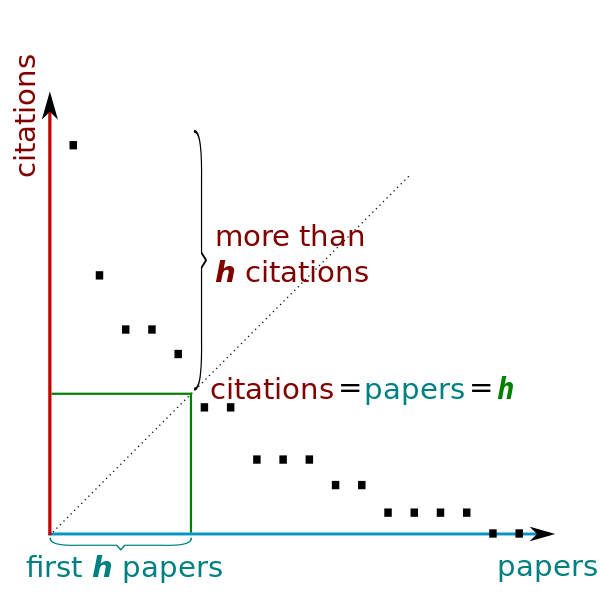Article Citation Counts:
Many bibliographic databases, such as Web of Science and SciFinder, provide citation counts for articles indexed in them. Google Scholar provides citation counts for items in it, and links to citation counts in Web of Science (with a subscription).

Altmetrics: alternatives to traditional citation-based metrics.
Altmetrics are metrics complementary to citation-based metrics. They can include "citations in public policy documents, discussions on research blogs, mainstream media coverage, bookmarks on reference managers like Mendeley, and mentions on social networks."
Databases from EBSCOhost, such as Academic Search Complete, provide PlumX metrics. Many journals and publishers, such as Science, Elsevier and PLOS One, provide article-level altmerics.













